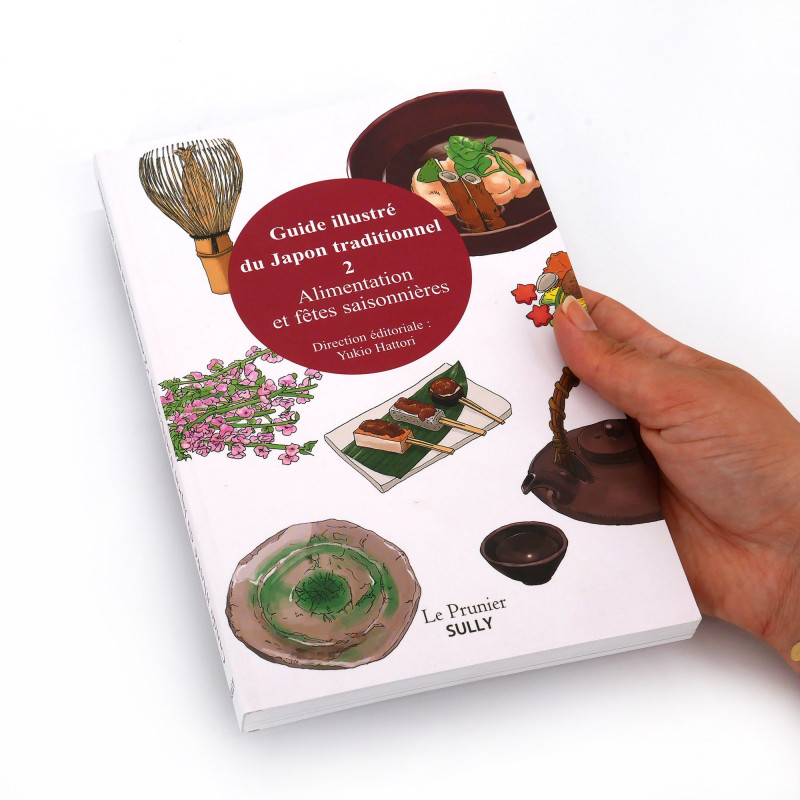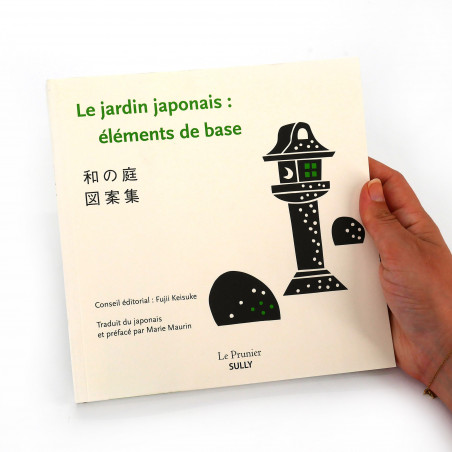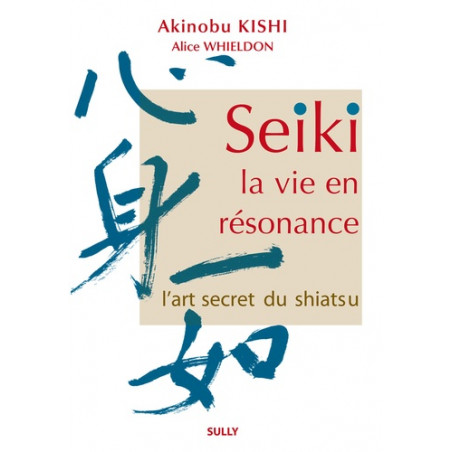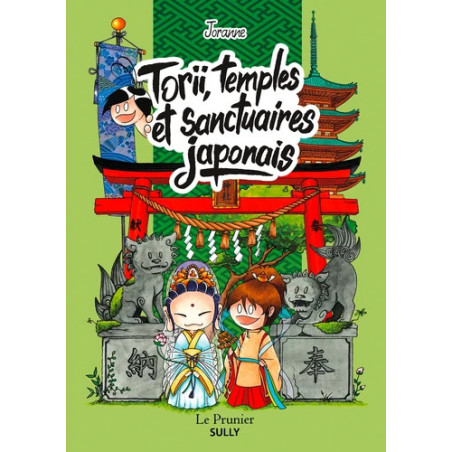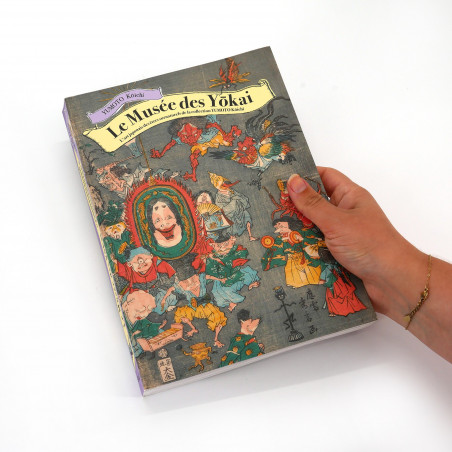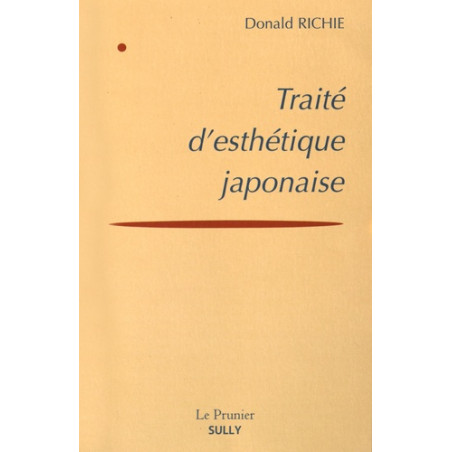Book written in French- Illustrated Guide to Traditional Japan 2, Seasonal food and festivals

Book - Illustrated Guide to Traditional Japan 2,Seasonal food and festivals
Brand:
PRODUCT SPECIFICATIONS
| width | 30 cm |
|---|---|
| length | 40 cm |
| Product origin | Made in France |
| Language | Written in French |
Learn more
Collection: The Prunier
Number of pages: 160
Format: 150 x 225
Release date: August 2020
Language : French
ISBN: 978-2-35432-326-4
translated by Marie Maurin
color illustrations
This second volume of the Illustrated Guide to Traditional Japan has three parts. The first is dedicated to the many facets of the Japanese diet (washoku): traditional high-end meals (kaiseki ryôri), basic dishes, noodles, sushi, sashimi, condiments, wild plants, confectionery, teas and alcoholic drinks. The second concerns traditional dishes (shokki): porcelain, stoneware, knives, chopsticks, kitchen equipment and utensils for the tea ceremony. And the third provides an overview of the rites and festivals (nenjû gyôji) that punctuate the life of the Japanese throughout the year. The set is presented in the form of a lexicon, each entry of which is accompanied by a color illustration and detailed explanations.
This guide will not only satisfy lovers of Japanese cuisine by describing the richness and subtlety of this culinary art, but also those interested in other traditions of the Archipelago, in particular ceramics and the annual cycle of celebrations. Using information rarely found elsewhere, it provides a clearer picture of the Japanese way of life. A unique art of living based on frugality, restraint, aesthetics and a keen sense of the impermanence of things. An art of living in the moment in close union with nature, the rhythm of the seasons and the order of the universe.
SHIPPING AND RETURNS
Delivery times:
- 1 to 3 business days for France, Belgium, and Switzerland.
- 3 to 5 business days for other European countries.
- 3 to 5 business days for other countries via DHL.
This item is shipped from our warehouse in France.
You can return or exchange an item within 14 days of receiving your order. For more information, please consult our Return Policy.

.jpg)

















































































